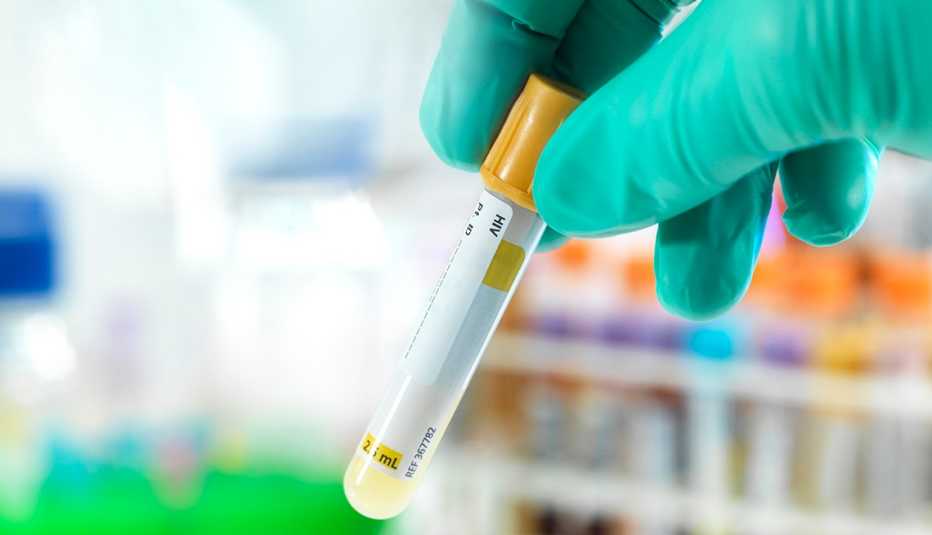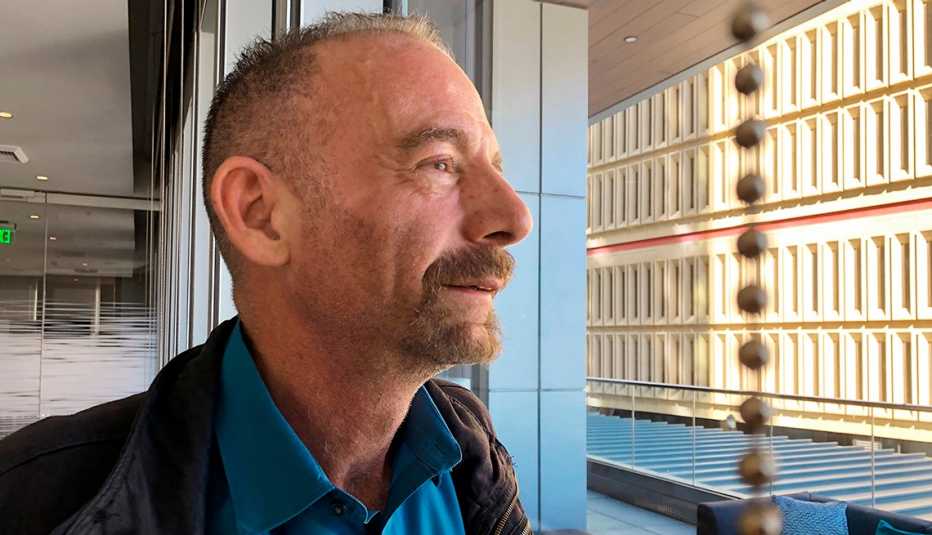AARP Hearing Center


Barbara Lewis will never forget 1996.
"That was the year when people stopped dying,” says Lewis, a physician assistant and HIV specialist at Whitman-Walker Health in Washington, D.C.
For the first 15 years of the AIDS epidemic, which began in 1981, researchers led by the National Institutes of Health (NIH) were desperate to slow the progression of HIV, or human immunodeficiency virus.
They tested high-dose medications such as zidovudine (AZT) and didanosine (DDI) in clinical trials held in major urban areas where people were dying. Lewis, who worked at the AIDS Clinical Trials Unit at D.C.'s George Washington University for 10 years, says people diagnosed with HIV were desperate to get into the studies for a chance of survival.
The drugs, which often came with severe side effects such as pancreatitis and pain from nerve damage, worked for some, but not all. Then, in 1995, a new class of antiretroviral drugs called protease inhibitors became available, and by 1996 AIDS was no longer the leading cause of death in young American adults.
"It was a game changer; ‘96 was the big turning point,” Lewis says.
'Breathtaking’ discoveries change the disease
Some 23 years later, there still is no cure for the disease that has killed 32 million people around the world, according to most recent figures from UNAIDS, the Joint United Nations Programme on HIV/AIDS.
But since the mid-1990s, treatment for HIV with antiretroviral therapy has been “transformational,” says Anthony Fauci, an immunologist and director of the National Institute of Allergy and Infectious Diseases (NIAID), who has been on the front lines of the fight against AIDS since 1984.


Today, one daily pill — often a combination of three drugs — can suppress the virus to undetectable levels, which allows a person with HIV to live a “relatively healthy, normal life,” Fauci explains. Suppressing the virus to undetectable levels also makes it “essentially impossible” to transmit HIV to a sexual partner. People at high risk for HIV can even prevent infection with a daily pill.


































































More on health
Robert Redfield's on Guard Against Epidemics
M.D., Director, Centers for Disease Control and PreventionMeet LGBTQ Advocate Curtis Lipscomb
He's working to build a strong LGBTQ community in Detroit